Sealife guideRays: graceful gliders of the seaMarine vertebrates
Last updated on 08/22/2025 at 10:42 PM
Rays, just like sharks, are fish with the unique feature of having a cartilaginous skeleton. They are part of the elasmobranchs, a subclass of cartilaginous fish grouped within the class Chondrichthyes.
Classification
Rays are classified into three main orders, namely:
- the order Myliobatiformes12 species
- the order Rajiformes2 species
- the order Torpédiniformes5 species
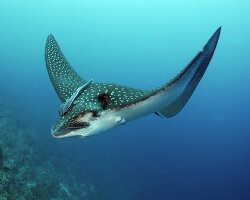
Atlantic white-spotted eagle ray
(Aetobatus narinari)
(Aetobatus narinari)
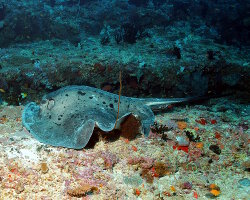
Black blotched stingray
(Taeniura meyeni)
(Taeniura meyeni)
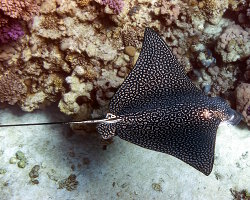
Spotted eagle ray
(Aetobatus ocellatus)
(Aetobatus ocellatus)

Yellow stingray
(Urobatis jamaicensis)
(Urobatis jamaicensis)

Big skate
(Raja binoculata)
(Raja binoculata)
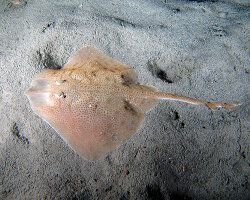
Thornback ray
(Raja clavata)
(Raja clavata)

Blackspotted electric ray
(Torpedo fuscomaculata)
(Torpedo fuscomaculata)

Lesser electric ray
(Narcine bancroftii)
(Narcine bancroftii)
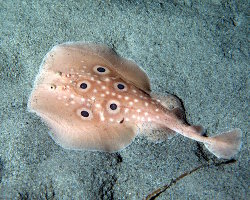
Ocellate torpedo
(Torpedo torpedo)
(Torpedo torpedo)

Panther electric ray
(Torpedo panthera)
(Torpedo panthera)
Description
Rays are characterized by a flattened body that extends on each side into large pectoral fins called “wings.” The body and pectoral fins form a single continuous structure. Unlike sharks, the gill slits are located on the ventral side of the ray and number five pairs for most species.
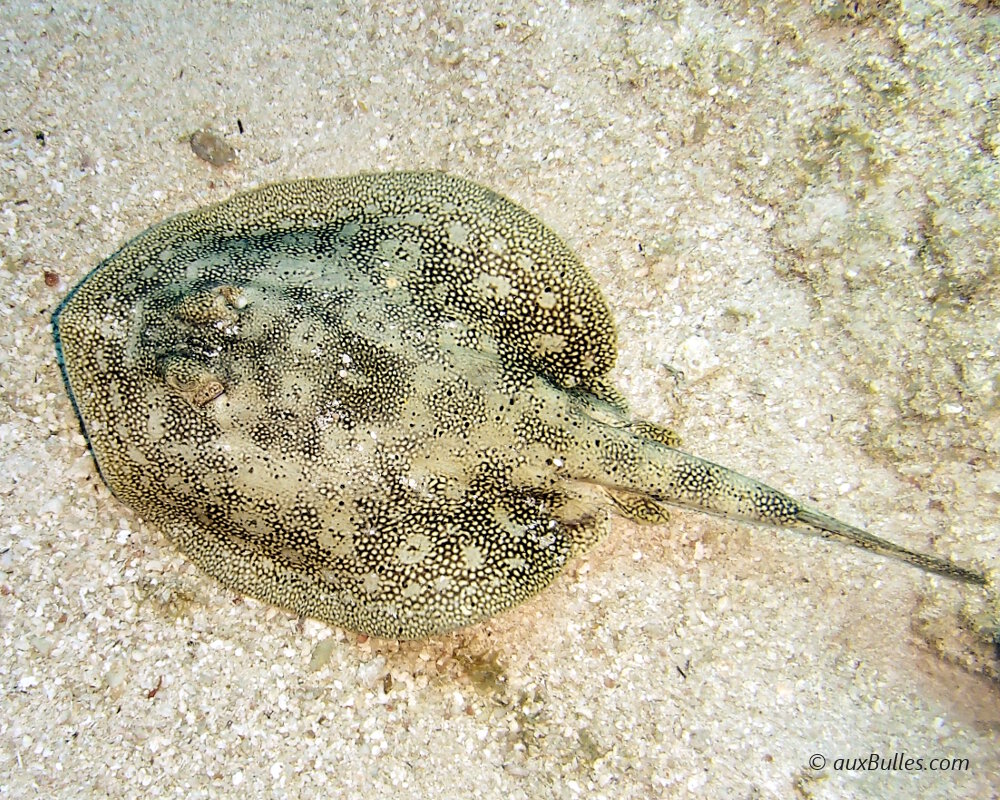
The yellow stingray has a flattened, oval-shaped body
Rays display colors and patterns that allow them to blend easily with their surroundings.
Geographic range and habitat
Rays are found in all seas and oceans across the globe, at all latitudes and depths: from warm tropical waters to icy polar regions, from shallow coastal waters and coral reefs to deep waters!
While most rays live on or buried in the seafloor, some species are pelagic, such as the manta ray or eagle rays.
Diet
Rays remain camouflaged in their environment to avoid predators and to ambush their prey more effectively.
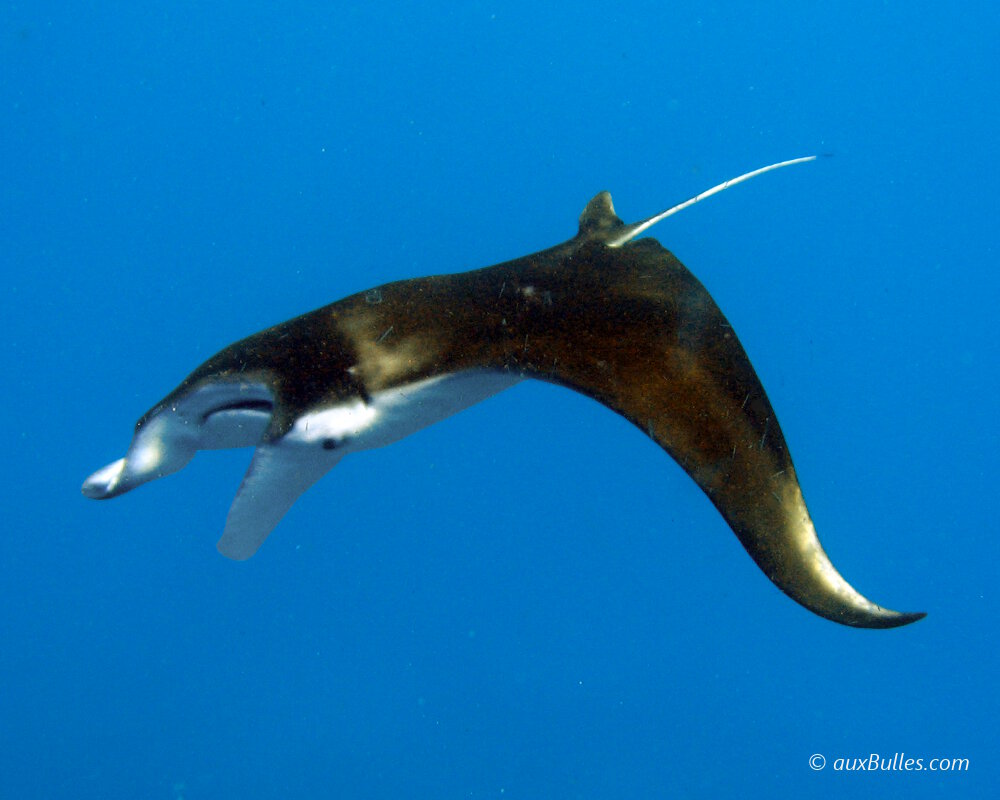
The manta ray feeds on plankton
Rays have a very varied diet. Their menu mainly includes benthic species such as gastropods, shellfish and crustaceans, while the manta ray feeds exclusively on plankton.
Reproduction
In most fish, fertilization is external, occurring after the release of male and female gametes into the seawater. However, rays, like sharks, are an exception to this rule and exhibit internal fertilization.
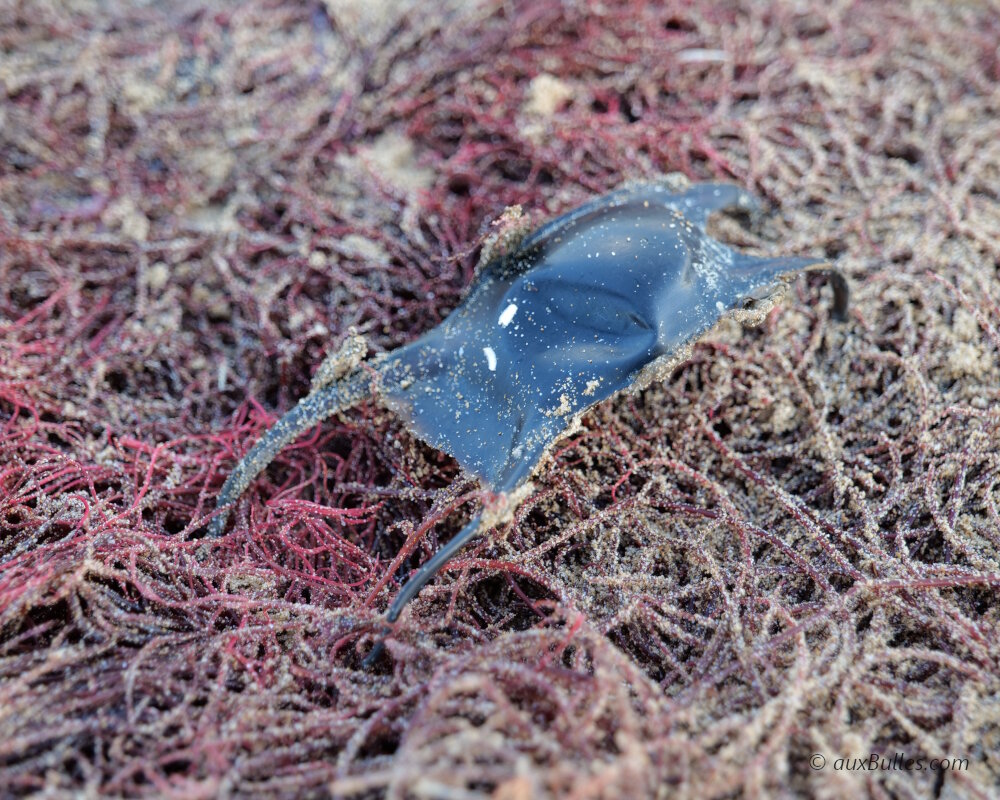
A ray egg case washed up on a beach in Vendée, France
All rays exhibit internal fertilization, but the development and nourishment of the embryo vary depending on the species. Some rays are oviparous, while others are ovoviviparous.
Did you know ?
- The manta ray is the largest ray in the world, reaching up to 30 feet in length for the largest individuals!
- Some ray species have a stinger at the base of the tail, whose sting can be painful and sometimes even lethal.
- Rays are capable of leaping out of the water !
Discover rays

Atlantic white-spotted eagle ray
(Aetobatus narinari)
(Aetobatus narinari)
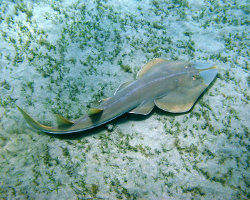
Beaked guitarfish
(Rhinobatos schlegelii)
(Rhinobatos schlegelii)

Big skate
(Raja binoculata)
(Raja binoculata)

Black blotched stingray
(Taeniura meyeni)
(Taeniura meyeni)

Blackspotted electric ray
(Torpedo fuscomaculata)
(Torpedo fuscomaculata)

Eastern fiddler ray
(Trygonorrhina fasciata)
(Trygonorrhina fasciata)

Fantail stingray
(Pastinachus sephen)
(Pastinachus sephen)
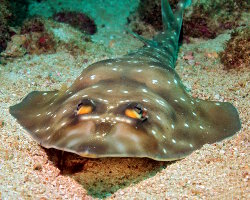
Gorgona guitarfish
(Pseudobatos prahli)
(Pseudobatos prahli)

Lesser electric ray
(Narcine bancroftii)
(Narcine bancroftii)

Ocellate torpedo
(Torpedo torpedo)
(Torpedo torpedo)
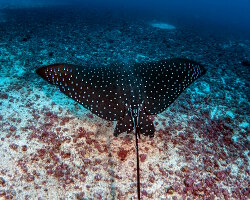
Pacific white-spotted eagle ray
(Aetobatus laticeps)
(Aetobatus laticeps)

Panther electric ray
(Torpedo panthera)
(Torpedo panthera)
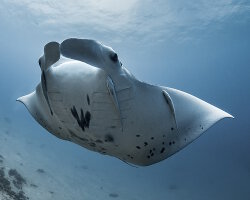
Reef manta ray
(Mobula alfredi)
(Mobula alfredi)

Shovelnose guitarfish
(Pseudobatos productus)
(Pseudobatos productus)
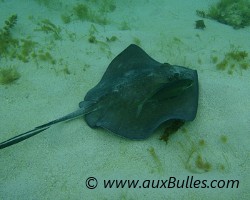
Southern stingray
(Dasyatis americana)
(Dasyatis americana)

Thornback ray
(Raja clavata)
(Raja clavata)
Our latestUpdates

Friday, December 19th 2025
The magic of Christmas decorations
Discover Christmas decorations in Florida: giant trees, illuminated palm trees, magical light displays and tropical settings to experience the holiday magic under the sun.
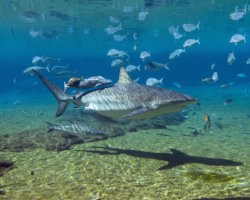
Monday, December 15th 2025
The dusky shark
Discover the dusky shark, one of the world's largest coastal sharks, and learn why this powerful predator is essential to marine ecosystems.

Friday, December 12th 2025
Christmas magic at Disney hotels
Experience the magic of Christmas at Disney hotels: enchanting decorations, giant Christmas trees, dazzling lights and a festive holiday atmosphere.
Photo of the Day

Poisson pégase
(Eurypegasus draconis)
(Eurypegasus draconis)
